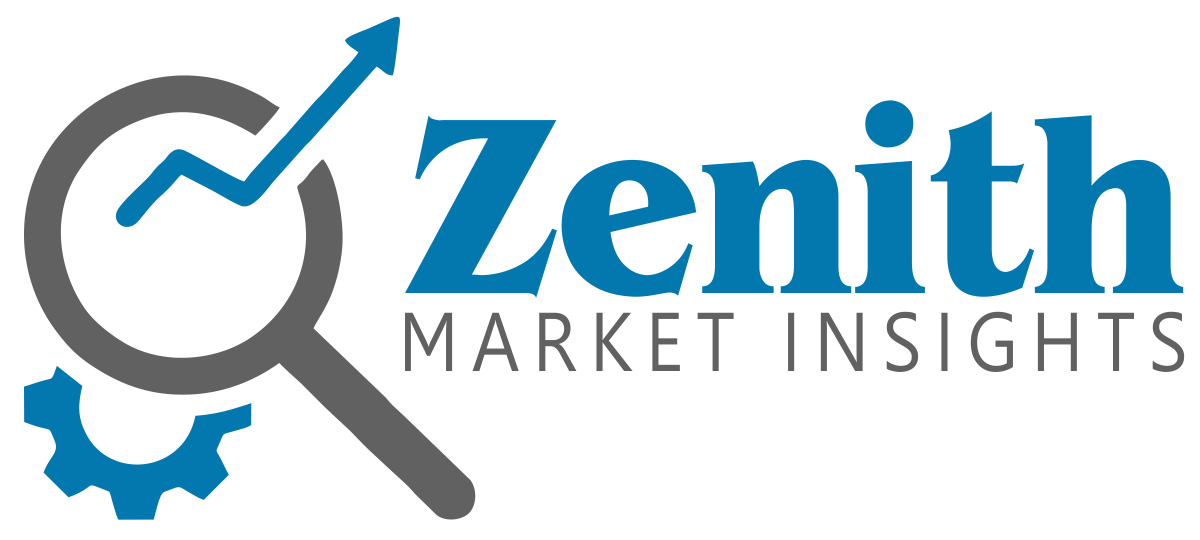Aquaculture Vaccines Market Size by Type of Vaccines (Inactivated Vaccines, Live Vaccines), By Route of Administration (Immersion Vaccines, Injection Vaccines), By Application (Bacterial Infection, Viral Infection), By Species (Salmon, Trout, Tilapia), Regions, Global Industry Analysis, Share, Growth, Trends, and Forecast, 2020-2028.
Type: PDF
Status: Published
Categories: Pharma & Healthcare
Report Code : PHC2079
No. of Pages :
The Global Aquaculture Vaccines Market is expected to grow from USD 207.25 million in 2019 to USD 347.18 million by 2028 at a CAGR of 5.9% over the forecast period 2020-2028.
Market Overview:
Aquaculture is a globally recognized, fastest-growing food production sector (FAO). The intensive farming of finfishes and shellfishes has led to an imbalance of optimal culture conditions, which shows increased susceptibility to communicable disease. The vaccination is the simplest alternative to combat bacterial and viral diseases for sustainable aquaculture. Vaccination is a simple, effective, and preventive method of protecting fish from diseases.
Vaccination may be a process by which a protective immune reaction is induced in an animal by the administration of vaccines. Vaccines are preparations of antigens derived from pathogenic organisms, rendered non-pathogenic by various means, which can stimulate the system of the animal to extend the resistance to the disease on natural encounters with pathogens.
Market Dynamics:
Drivers:
- Rising prevalence of viral and bacterial infections
- Expanding aquaculture production across the world
- Development and launch of the latest aquaculture vaccines
- The growing acceptance of aquaculture vaccines over antibiotics
Restraints:
- Rigorous regulatory policies for vaccine approval
- Complex vaccine advancement procedures
Key Market Players:
Hipra, Zoetis Inc., Merck & Co., Inc., Tecnovax, Virbac, Veterquimica S.A., Nisseiken Co. Ltd., are some of the prominent players in the global aquaculture vaccines market.
The market is segmented based on the below-mentioned segments:
On the Basis of Vaccine Type: Revenue & Volume
- Inactivated Vaccines
- Live Vaccines
- Others
On the Basis of Route of Administration: Revenue & Volume
- Immersion Vaccines
- Injection Vaccines
- Others
On the Basis of Application: Revenue & Volume
- Bacterial Infection
- Viral Infection
- Others
On the Basis of Species: Revenue & Volume
- Salmon
- Trout
- Tilapia
On the Basis of Region: Revenue & Volume
- North America
-
- U.S.
- Canada
- Mexico
- Europe
-
- Germany
- UK
- France
- Italy
- Spain
- Rest of Europe
- Asia Pacific
-
- China
- Japan
- India
- SEA
- Australia
- Rest Of APAC
- South America
-
- Brazil
- Argentina
- Rest of South America
- Middle East & Africa
-
- South Africa
- Saudi Arabia
- UAE
- Rest of MEA
Report Description
- Year Consideration
- Base year – 2019
- Historic Year-2016-2018
- Forecast year- 2020 to 2028
- The global aquaculture vaccines market will be based on revenue and volume. The study covers the market share for segments, countries, regions, and players.
- The regions evaluated for the global aquaculture vaccines market are Europe, North America, Asia Pacific, South America, America, and the Middle East & Africa. Furthermore, the regions are further analyzed at the country-level.
- The report provides an in-depth pricing analysis, value chain analysis, industry road map, and micro and macro factors.
- The research report further provides the attractiveness of aquaculture vaccines and regions based on their growth rate (CAGR), market size, and attractiveness by analyzing present and future prospects to analyze market growth and development in the future.
- Also, the study focuses on market-related driving forces, restraints, potential opportunities for the market, significant developments, and advancement that serve as a key potential for investors.
- The study offers an extensive evaluation of the porter's five forces analysis, SWOT analysis, and PESTEL analysis to provide data and information related to the business.
- Porter's five forces model is analyzed to understand the overall competitive scenario that prevails in the market. The SWOT analysis also identifies the positive as well as the negative characteristics of market development which influences the company’s growth and development to sustain and survive in the long run. The PESTEL analysis identifies the macro (external) forces affecting the organization.
- The report includes a thorough analysis of the company profiles of major companies operating in the global aquaculture vaccines market and a comparative evaluation based on their business overviews, product offering, geographic presence, market share, business strategy, recent developments, product development & innovations, joint ventures, partnerships, mergers & acquisitions, expansions, SWOT analysis, and key financial information. It helps in evaluating the overall competition present in the market scenario.
Request For Request Sample
Request For TOC
Request For Research Methodology

Report Code
PHC2079
Single User
US$ 3500*** Benefits ***
1. 15% Free customization
2. Two Countries can add as per your choice
3. Two Company can add as per your choice
4. 35+ Countries
*** Services ***
1. Quarterly Industry Update for Six Months
2. One personal Research Analyst Allocate to you
3. 24*7 Research Support
4. Query will be resolve with 48 hours
Multi User
US$ 5250*** Benefits ***
1. 25% Free customization
2. Excel Data Sheet
3. Two Countries can add as per your choice
4. Two Company can add as per your choice
35+ Countries
*** Services ***
1. Client will get one updated report for a year.
2. Quarterly Industry Update for 1 Year.
3. One research analyst will allocate to you.
4. Query will be resolved within 36 hours.
24*7 Research Support.
Corporate User
US$ 7000*** Benefits ***
1. 25% Free customization
2. Excel Data Sheet
3. Two Countries can add as per your choice
4. Two Company can add as per your choice
5. 35+ Countries
*** Services ***
1. Client will get one updated report for a year.
2. Quarterly Industry Update for 1 Year.
3. One research analyst will allocate to you.
4. Query will be resolved within 36 hours.
5. 24*7 Research Support.


